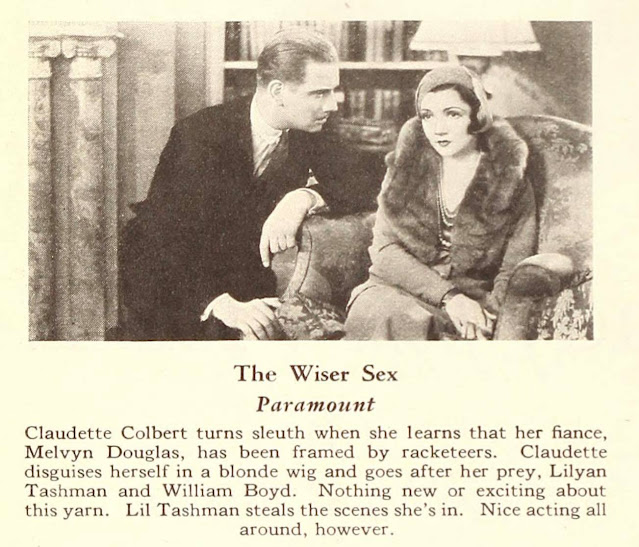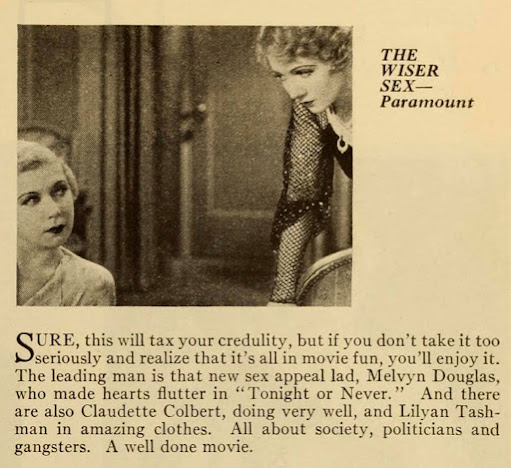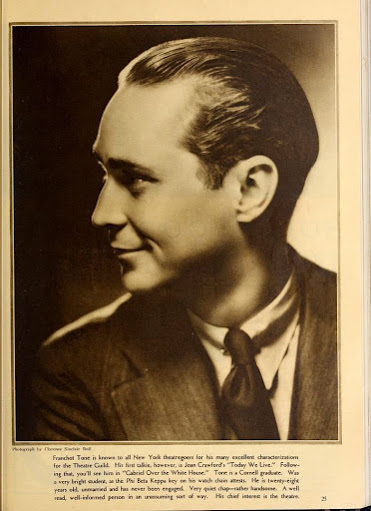Picture Show was a weekly film fan magazine from the United Kingdom that ran from 1919 to 1960. Picture Show also released an annual magazine with film highlights from the year. Many of the Picture Show Annual magazines are available digitally through the Media Lantern Digital History Project. I search through the MLDH project regularly and digitized indexing doesn't always catch every instance of a person's name. I decided to browse all of the Picture Show Annuals this week and discovered that Franchot was included in many of the years, and even more exciting, some of the photos were new poses for me.
In other fan magazines I've come across, Franchot had a highly active period of features and interviews in 1933-1935 when he first came to Hollywood and was a sought after leading man. Once Franchot married Joan, most of the fan magazines focused on photos of the couple dining and dancing and attention to Franchot as an individual performer dwindled—at least to those reading at home. Moving forward several years, Franchot became an eligible bachelor and immersed in Hollywood's nightlife. This season of Franchot's life as well as the early days of his marriage to Jean Wallace resulted in frequently published photos in the fan magazines once again.
Here is a timeline of Franchot as featured in Picture Show Annual. Because the periodical was released annually and because it was based in the United Kingdom, you'll notice that some of the film news may seem to be reported on a delay.
1934: Franchot is pictured with the cast of Today We Live at one of Joan's parties.
1939: Franchot's portrait was featured.
1940: "Franchot Tone, who has recently been on the New York stage, smokes a contemplative pipe."
1942: "Unstarlike Star. Franchot Tone returned to films, after a year on the stage, in Trail of the Vigilantes, followed by Nice Girl with Deanna Durbin. Thirty-five films in the previous seven years, he'd decided, had earned him the change which is proverbially as good as a rest. He is quite untypical of a Hollywood star. He is slow to make friends, his few close ones including Robert Taylor and Barbara Stanwyck, James Stewart, Francis Lederer and Henry Fonda. He says he's not 'high hat' and he adds that he's not 'low brow.' He doesn't like small talk or people who talk about subjects they know nothing about. Among his likes are chess and horse racing. Music is one of his chief interests, sleep another. When is working in a film, he is always in bed by nine-thirty.'






















































